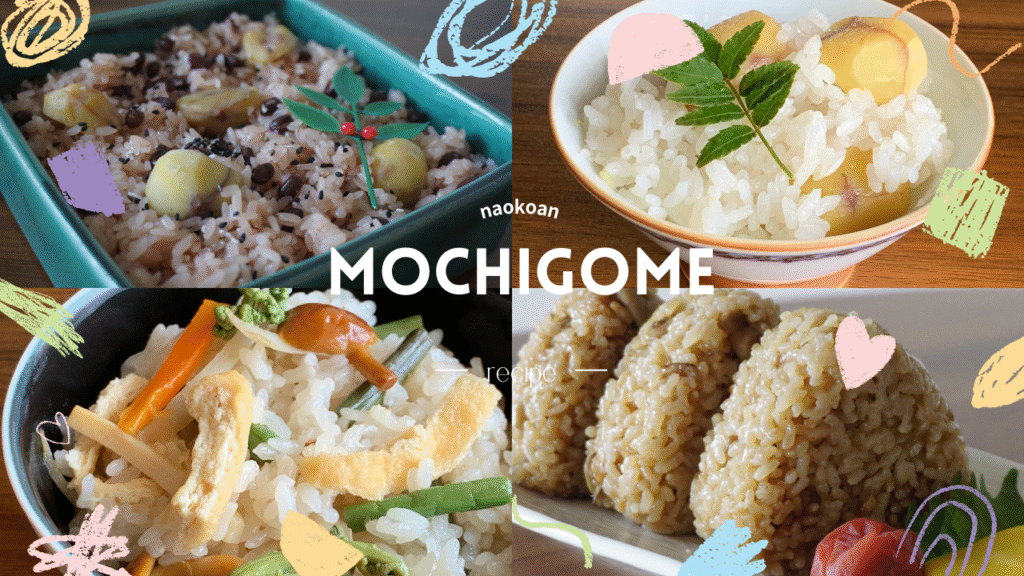
About Rice
There are three main varieties of rice in the world: japonica, indica, and javanica.
Rice Types
- Japonica
- This is the most commonly consumed type of rice in Japan.
It is also cultivated in the Korean Peninsula, northeastern China, and parts of Europe. It is short and round in shape. It has high moisture content and becomes soft and sticky when cooked.
Varieties such as “Koshihikari,” “Akitakomachi,” and “Hitomebore” are improved varieties of japonica rice.
- This is the most commonly consumed type of rice in Japan.
- Indica
- This is the most widely grown type of rice in the world. It is grown in South Asia and the Middle East, including India, central and southern China, Vietnam, and Thailand.
It is characterized by its long, slender shape and its dry texture when cooked. Because it is less sticky, it is suitable for dishes like fried rice, pilaf, and curry.
In Japan, it is called taimai, Thai rice, or jasmine rice.
- This is the most widely grown type of rice in the world. It is grown in South Asia and the Middle East, including India, central and southern China, Vietnam, and Thailand.
- Javanica variety
- Grown in Java, the tropical highlands of Asia, the Americas, Brazil, Italy, Spain, and Africa. This variety is intermediate in size between japonica and indica, with slightly larger grains. When cooked, it is sticky, though not as sticky as japonica.
What is the difference between non-glutinous rice and glutinous rice?
In Japan, glutinous rice is used for mochi (rice cakes), sekihan (red beans rice), okowa (steamed rice), and chimaki (rice dumplings). Glutinous rice is sometimes called “sticky rice” because of its chewy texture.
Japonica, indica, and javanica varieties are each available in non-glutinous and glutinous varieties. Even indica varieties, which tend to be less sticky, have sticky glutinous rice.
The biggest difference between non-glutinous rice and glutinous rice is the composition of their starch. Rice contains two types of starch: amylopectin and amylose. The higher the amylopectin content, the stickier the rice.
- Non-glutinous rice: The amylose to amylopectin ratio is said to be 2:8.
- Glutinous rice: Amylopectin only.
Cooking Tips
- Non-glutinous rice
- Soak in water for about 30 minutes before cooking. The rice absorbs water, resulting in a fluffy, fluffy finish.
- Use 1.2-1.4 times the weight of rice in water (180-210g of water for 150g of rice).
- Glutinous rice
- Because it absorbs water easily, soaking is not necessary. Glutinous rice is delicate, so wash it gently and briefly.
- Use 1.0-1.2 times the weight of glutinous rice in water (150-180g of water for 150g of glutinous rice).
Make the most of each rice’s unique characteristics.
Recipes using Mochigome
Here are some recipes using Mochigome. : Each article has details, so be sure to check them out.
Sekihan (red bean rice)
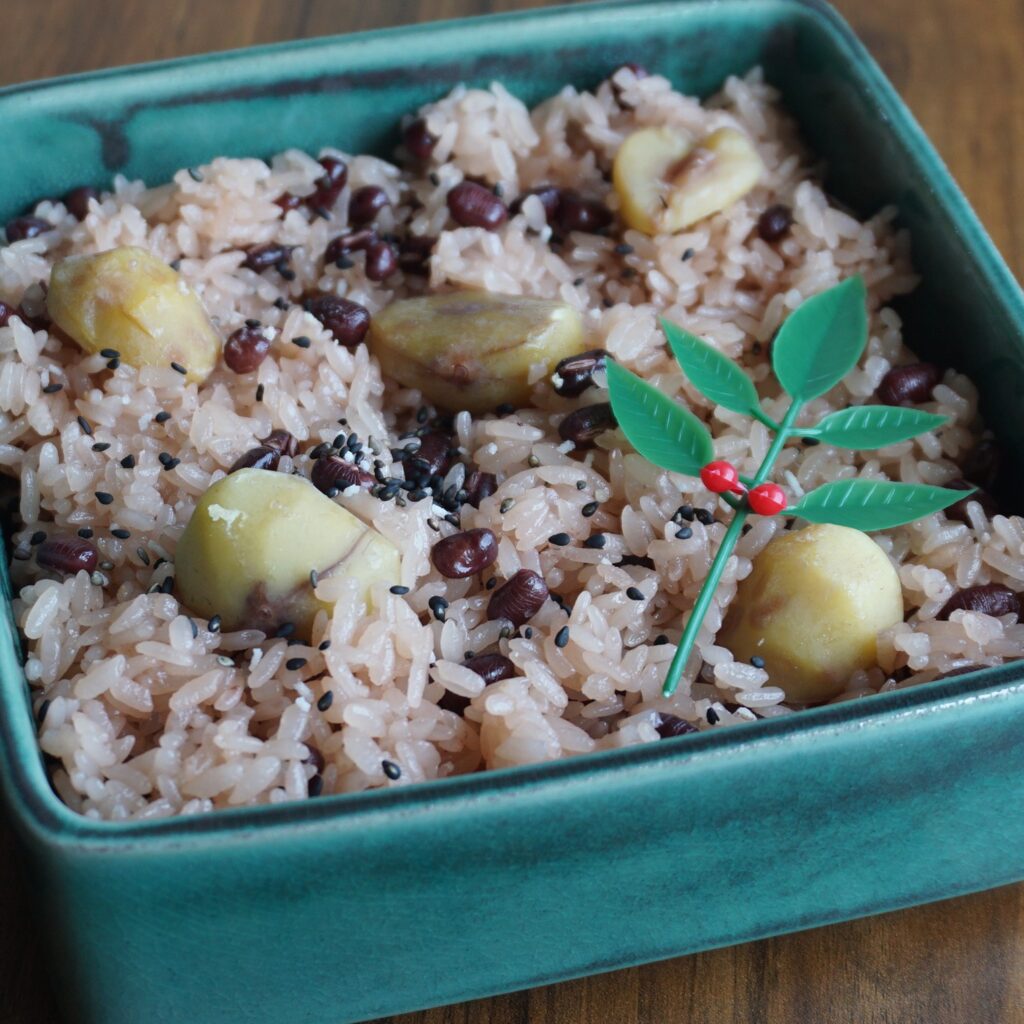
Sekihan is a dish made by cooking glutinous rice and red beans together. This recipe uses a rice cooker, so it’s easy and foolproof.
Sansai okowa
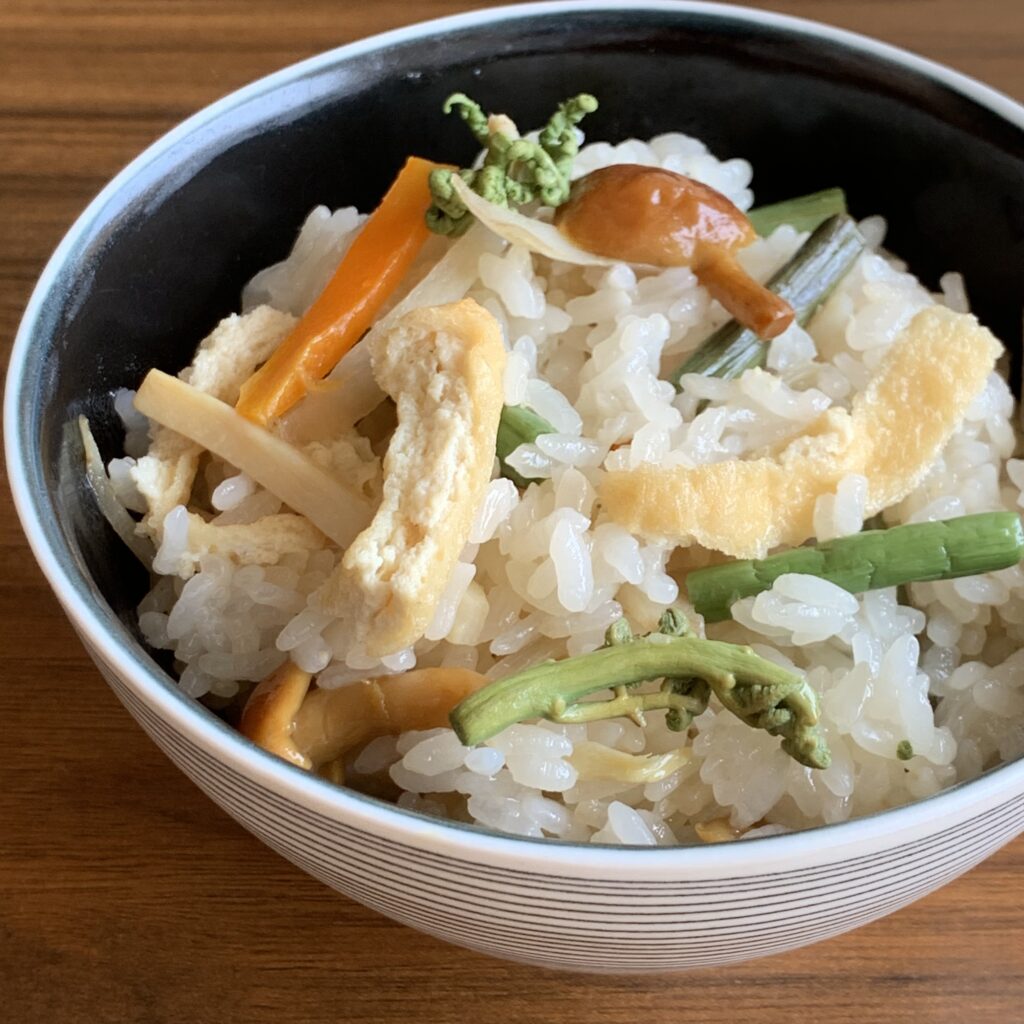
Sansai okowa is made with glutinous rice (sticky rice), so it’s delicious even when it’s cold. This recipe is easy to make for anyone using a rice cooker.
Torimeshi
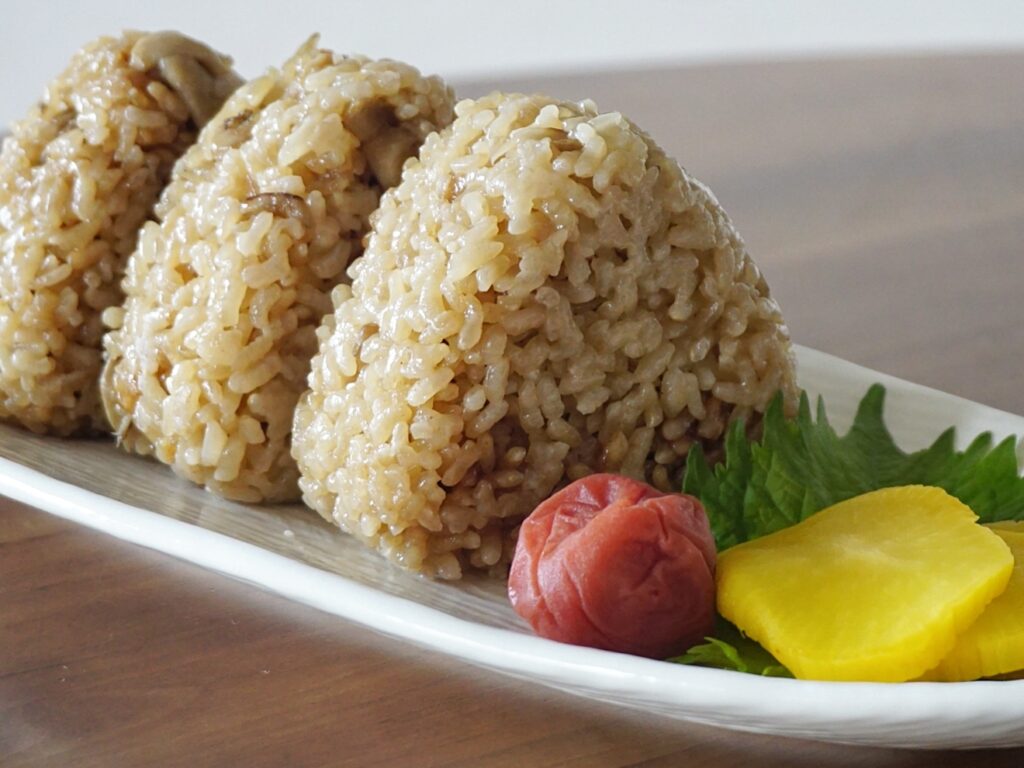
Torimeshi(Japanese chicken rice) is made with glutinous rice, so it is chewy and soft, and the flavor of the ingredients is well-infused, making it delicious.
Kuri gohan
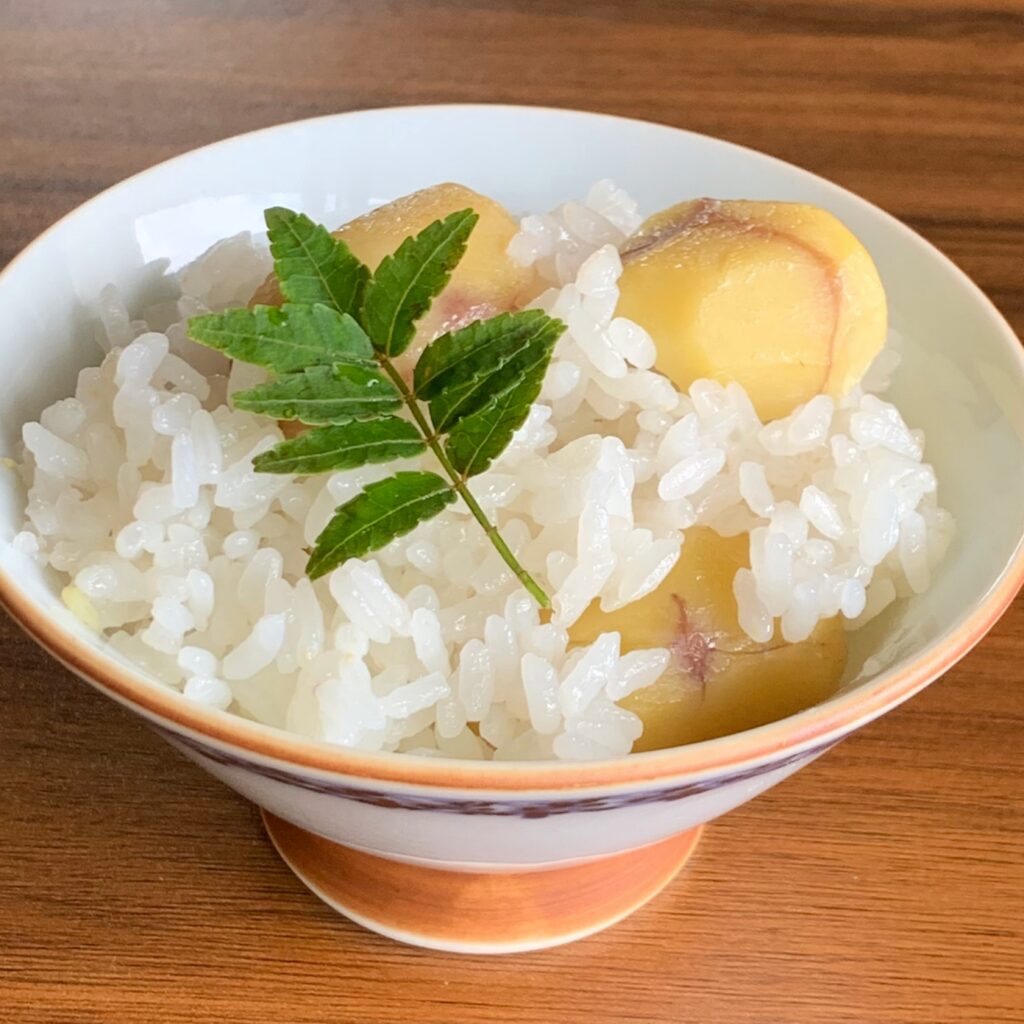
This is a recipe for kuri gohan that can be easily made in a rice cooker using frozen chestnuts and glutinous rice. (It is also called “kuri okowa”)
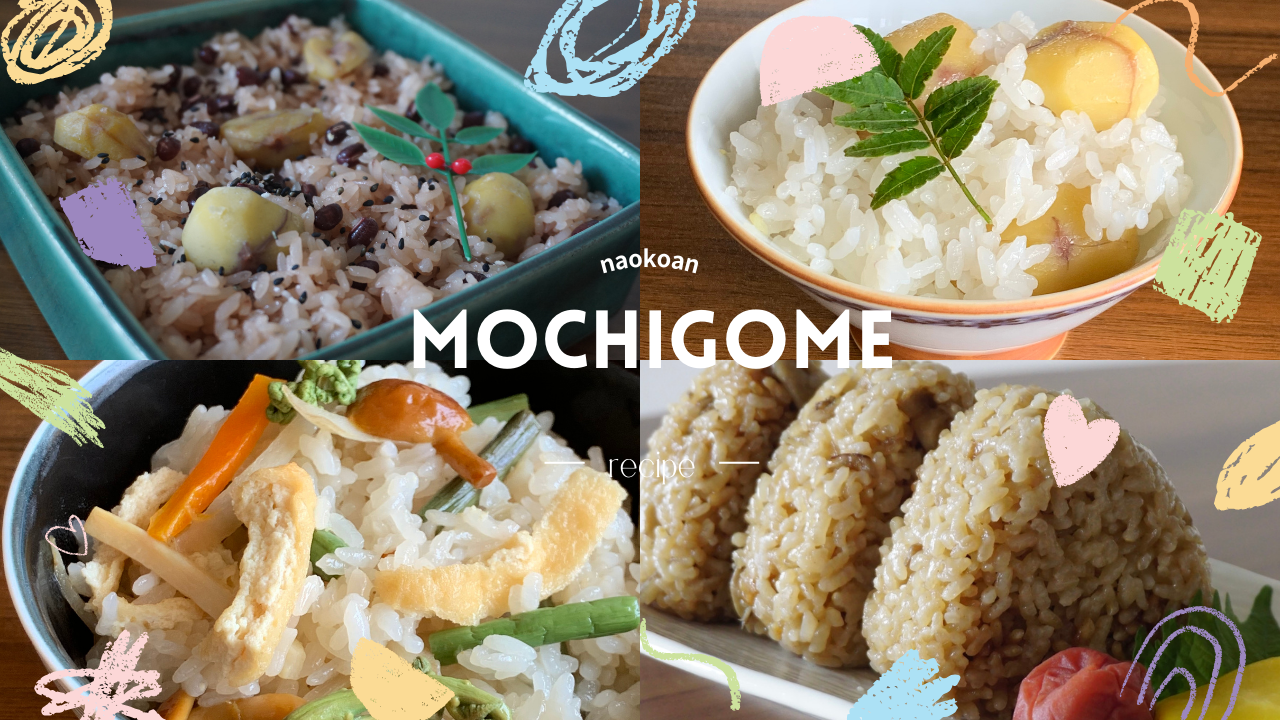


コメント